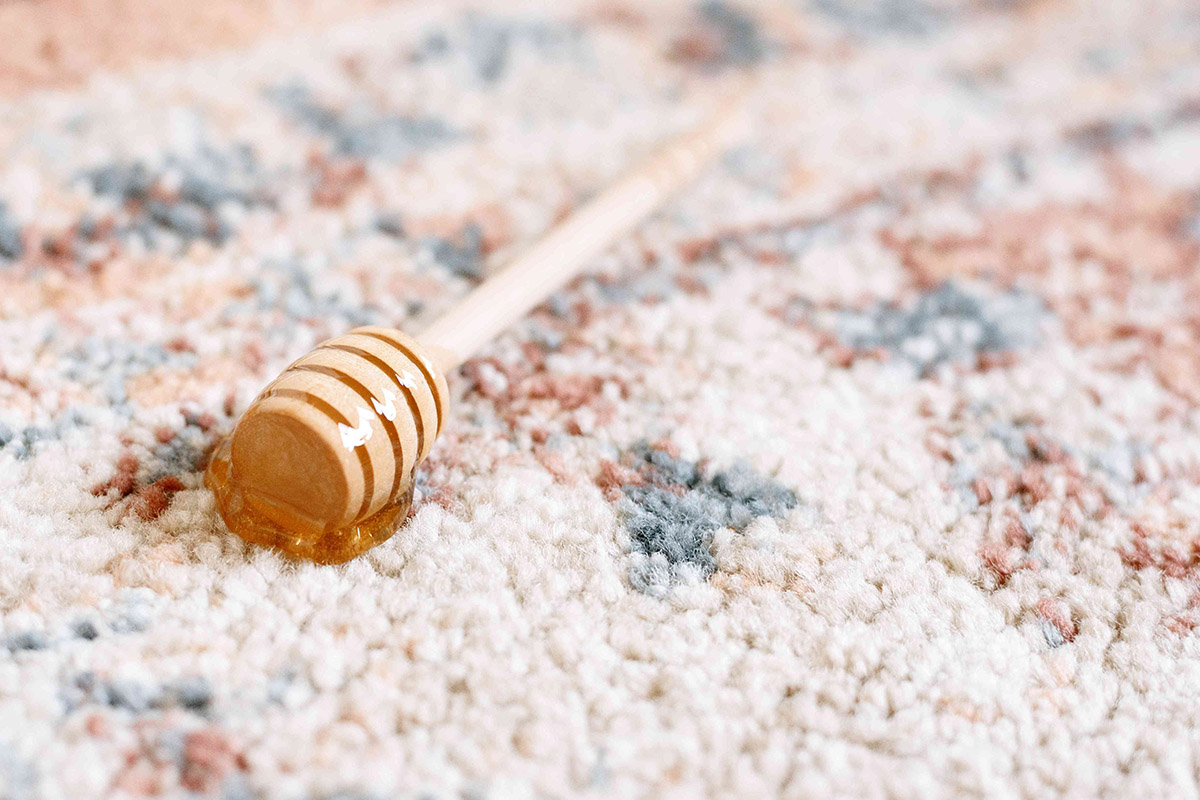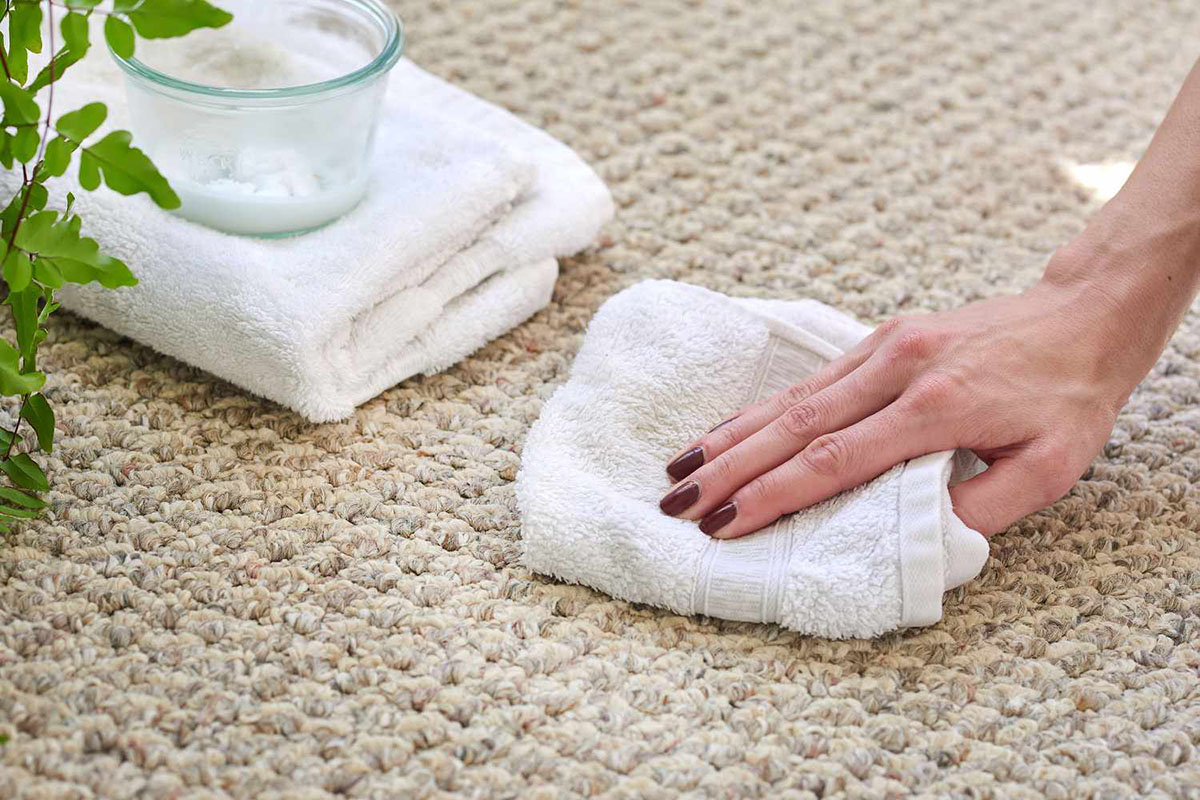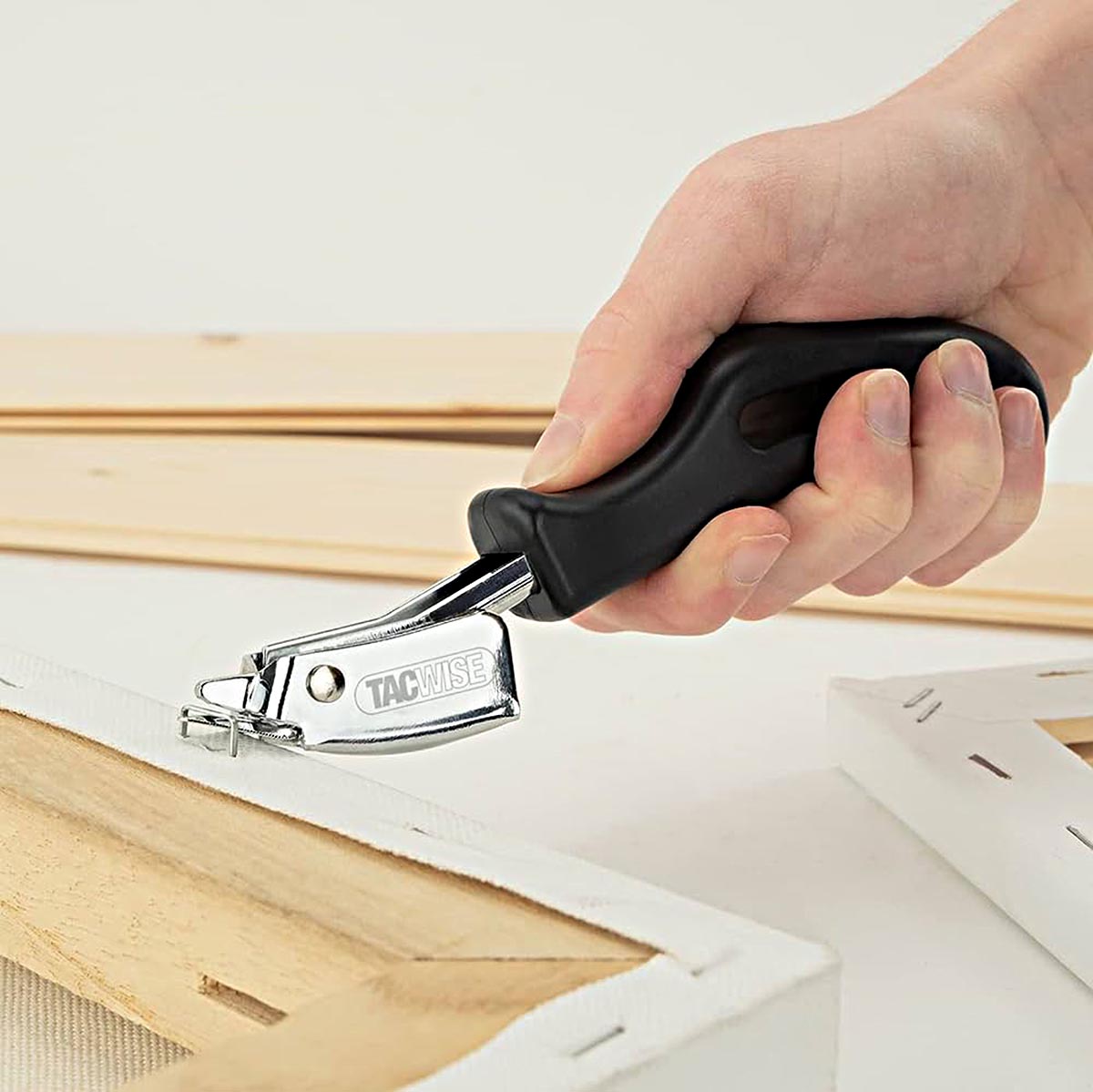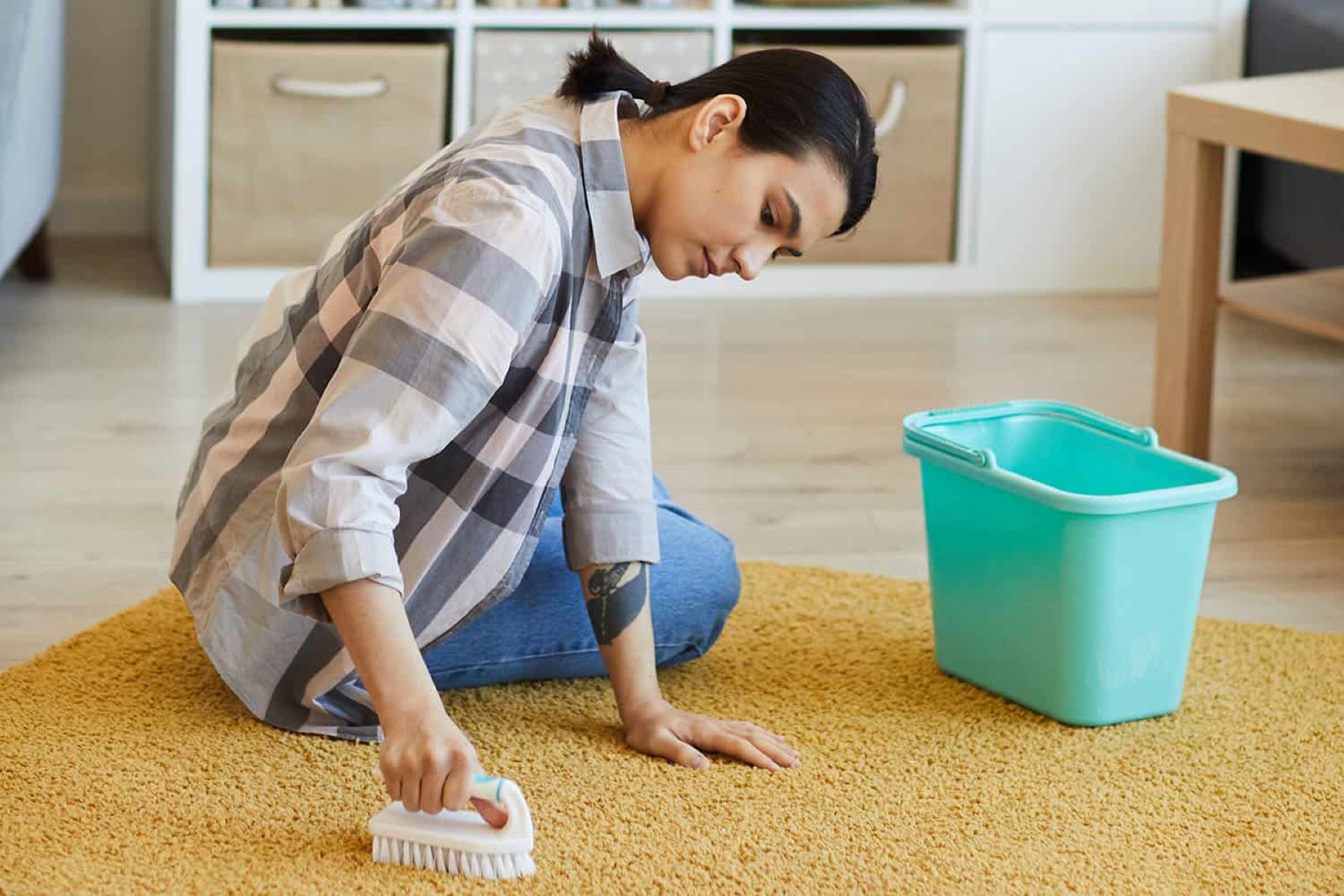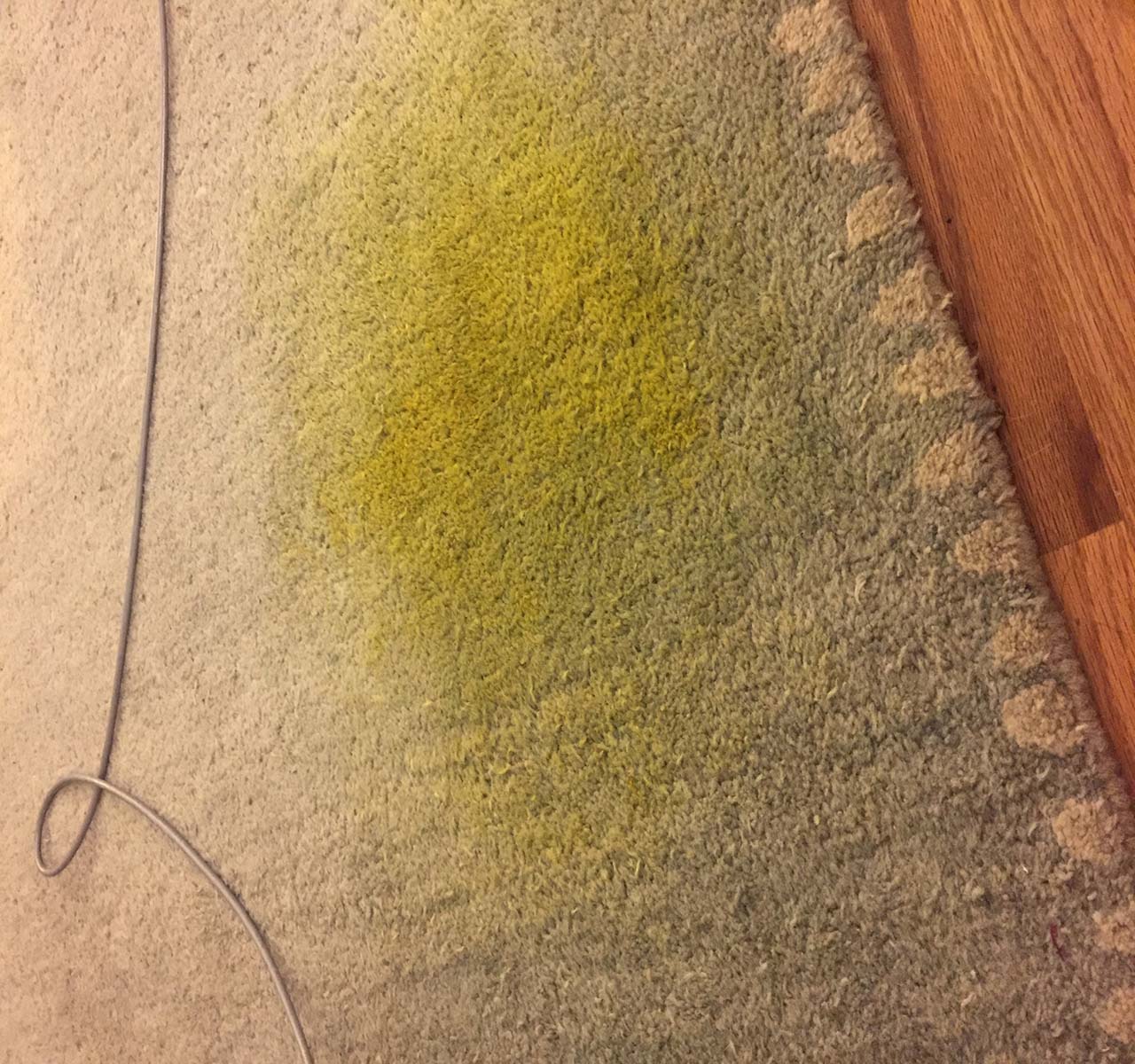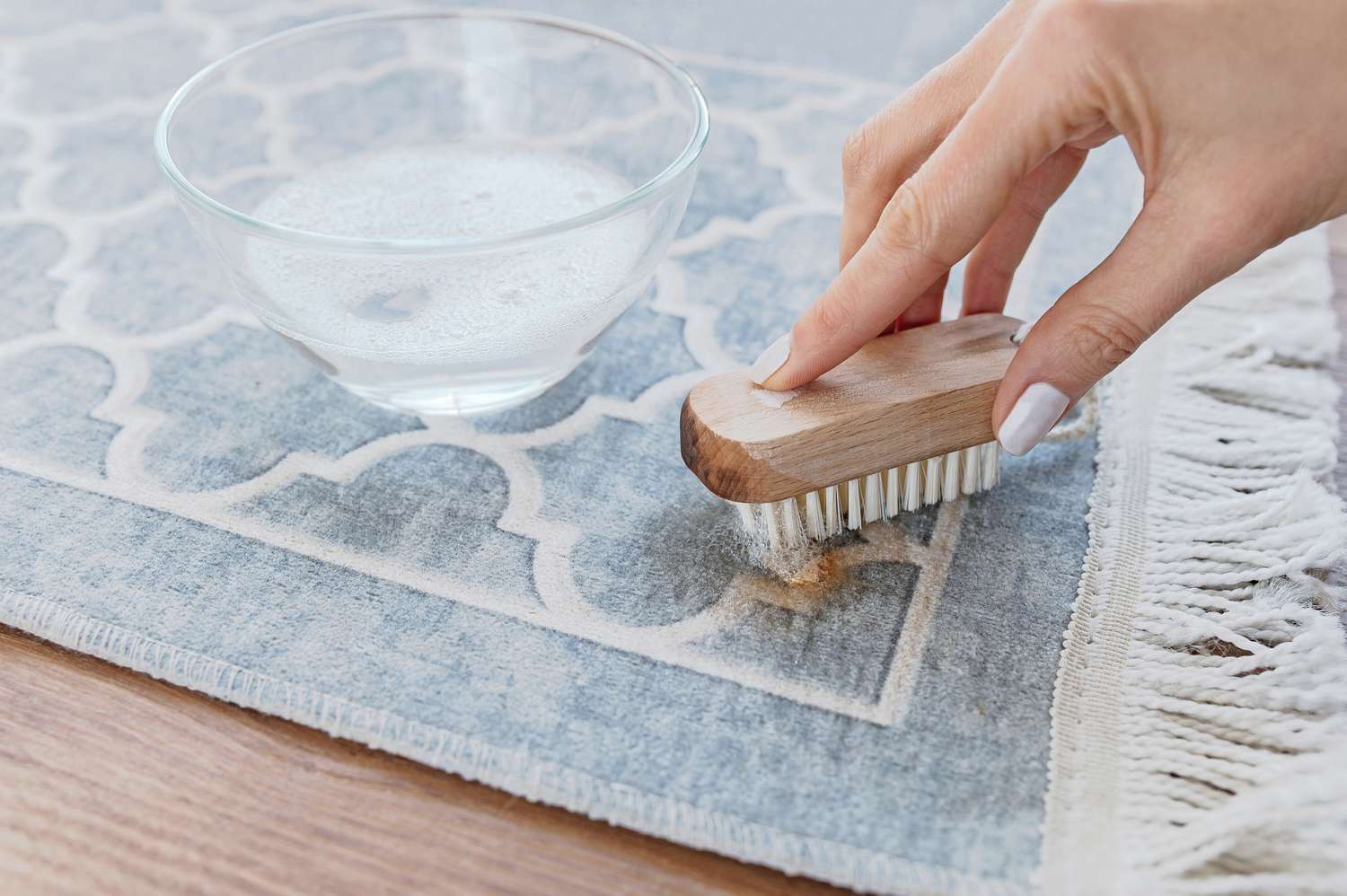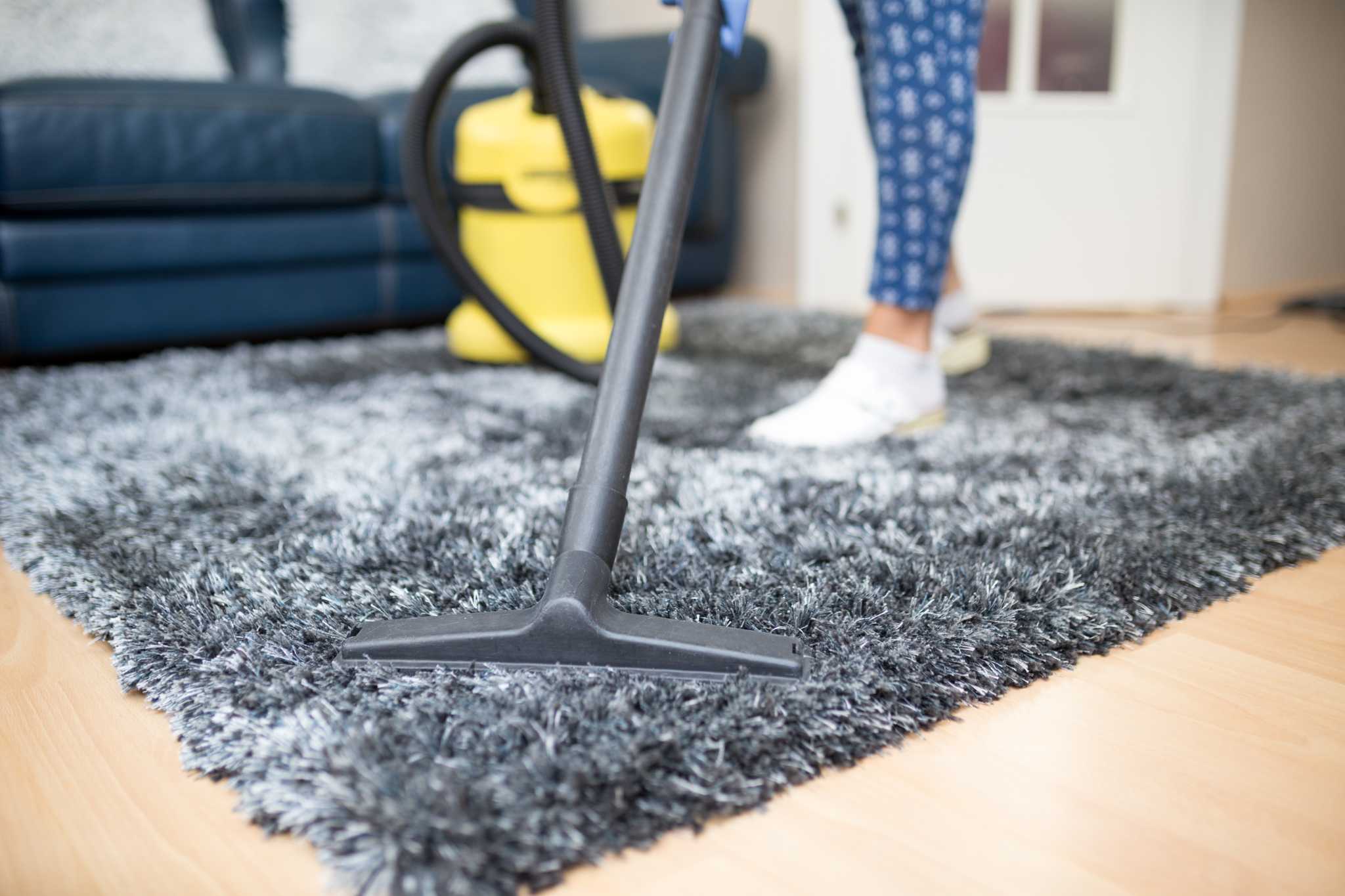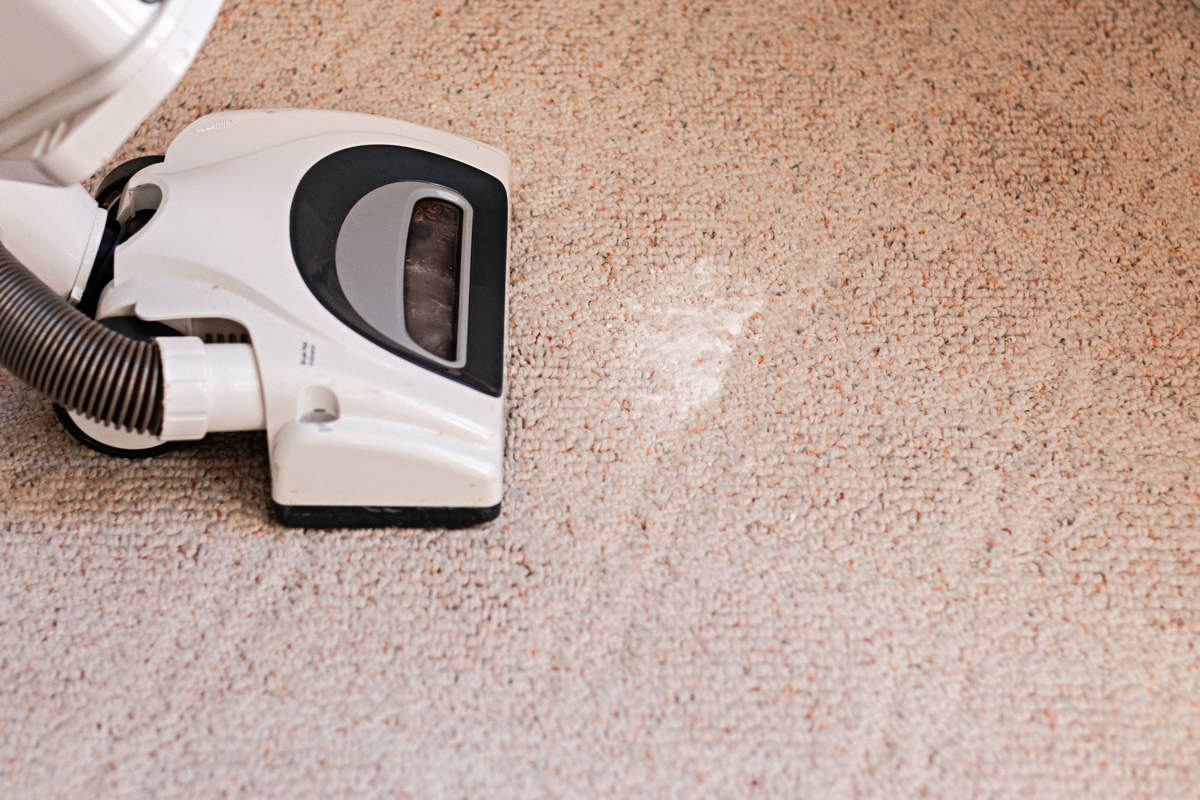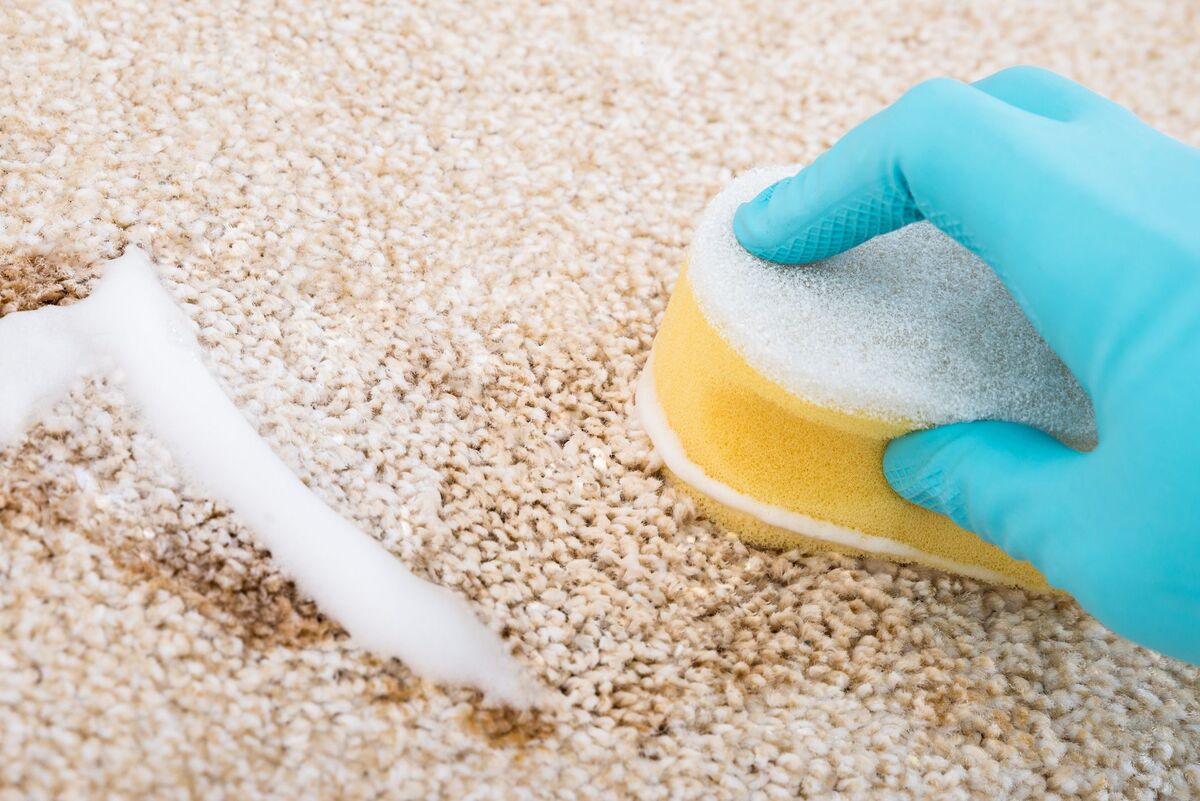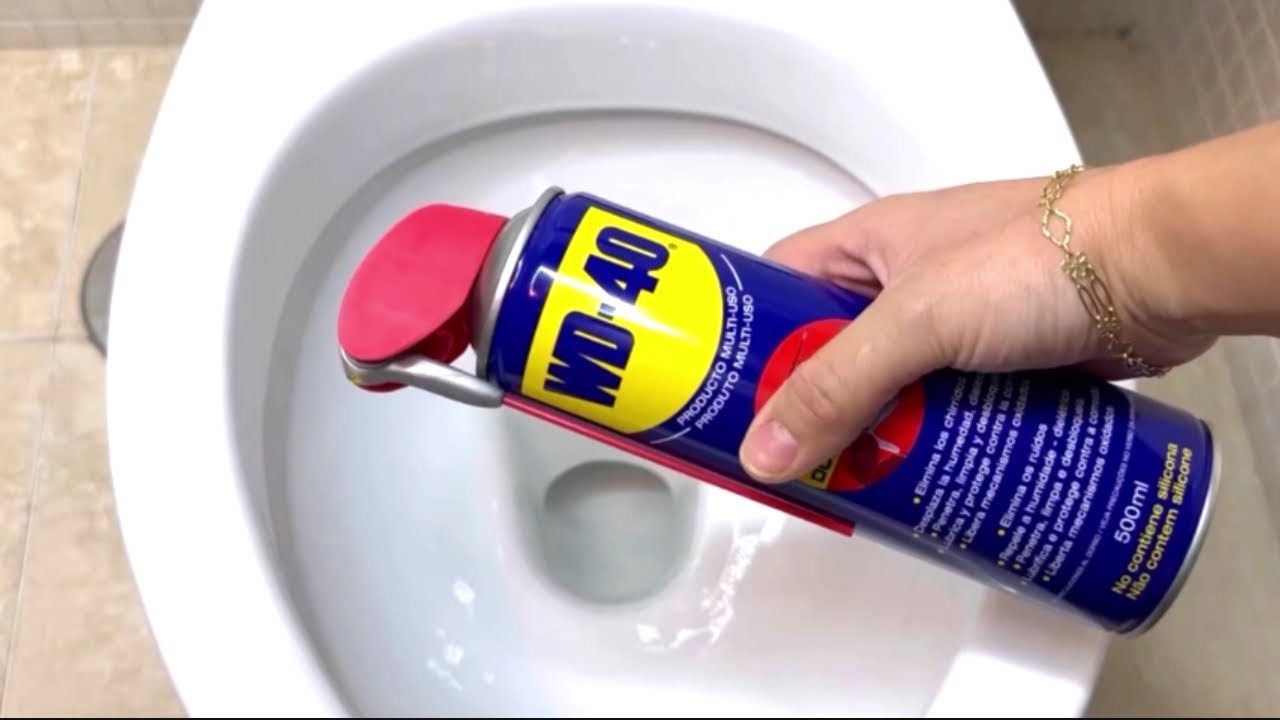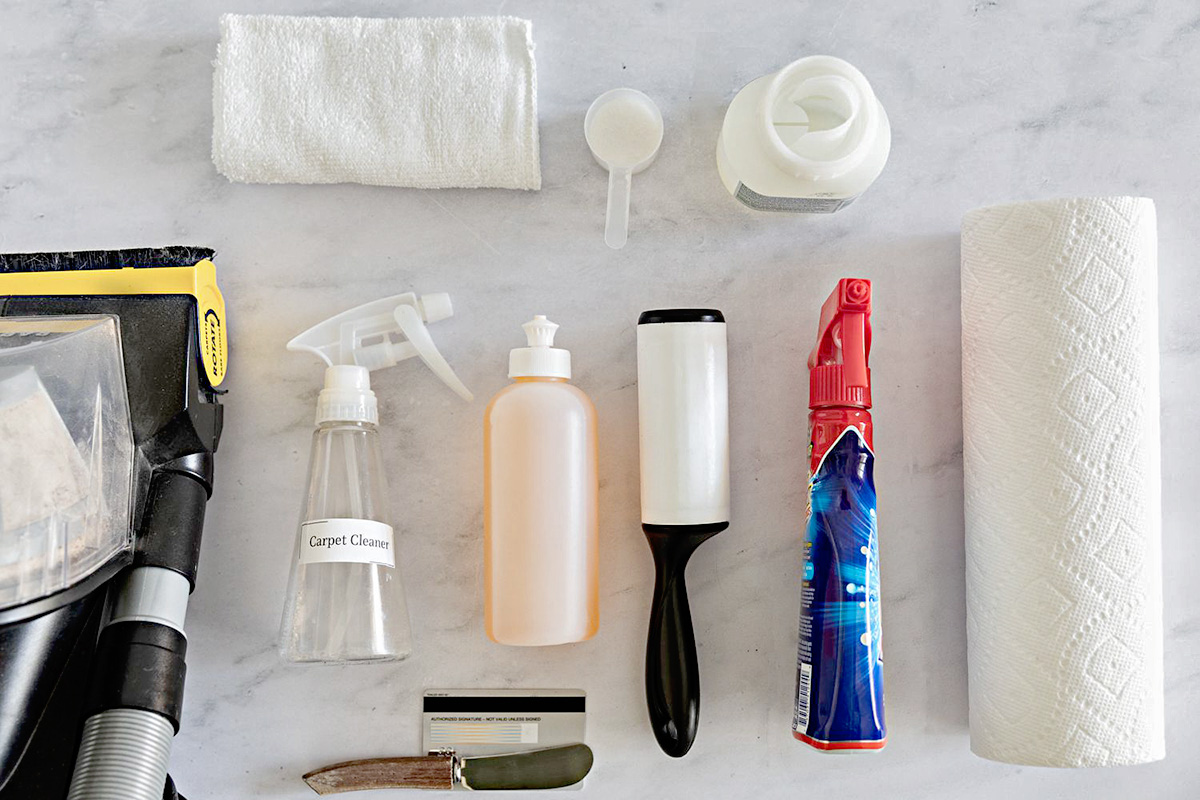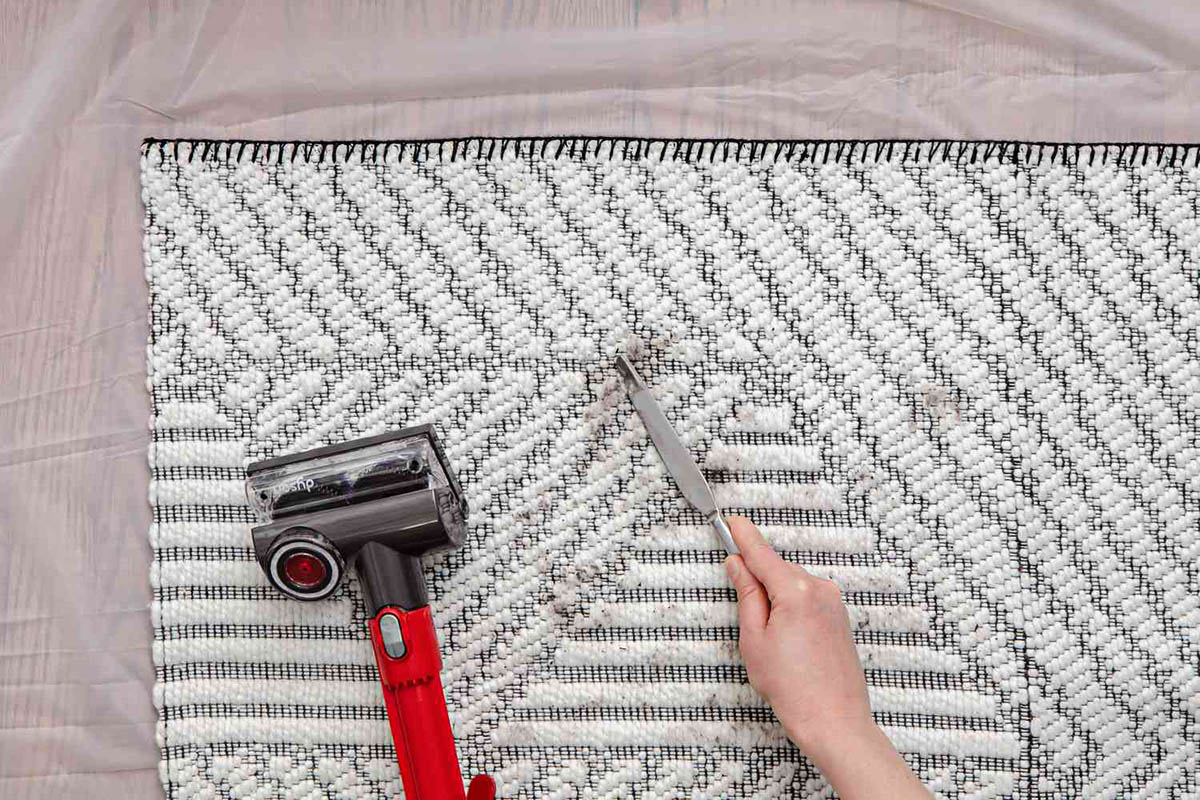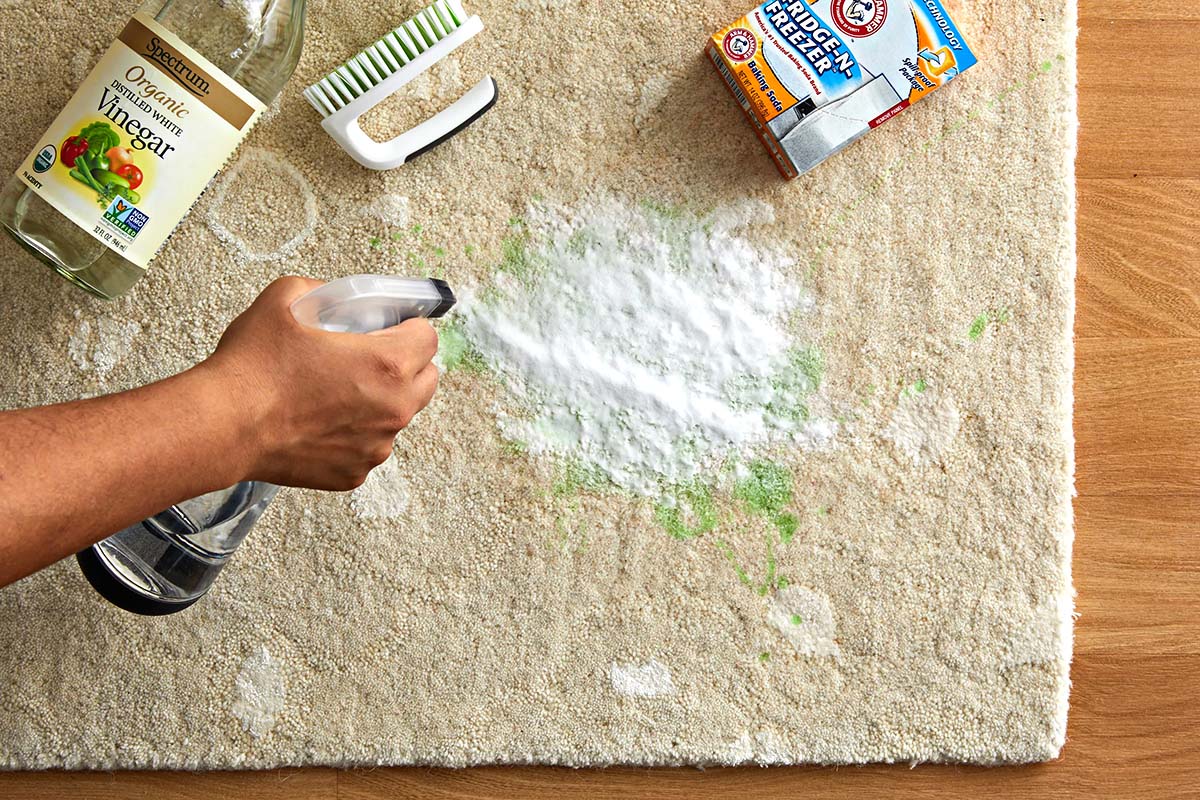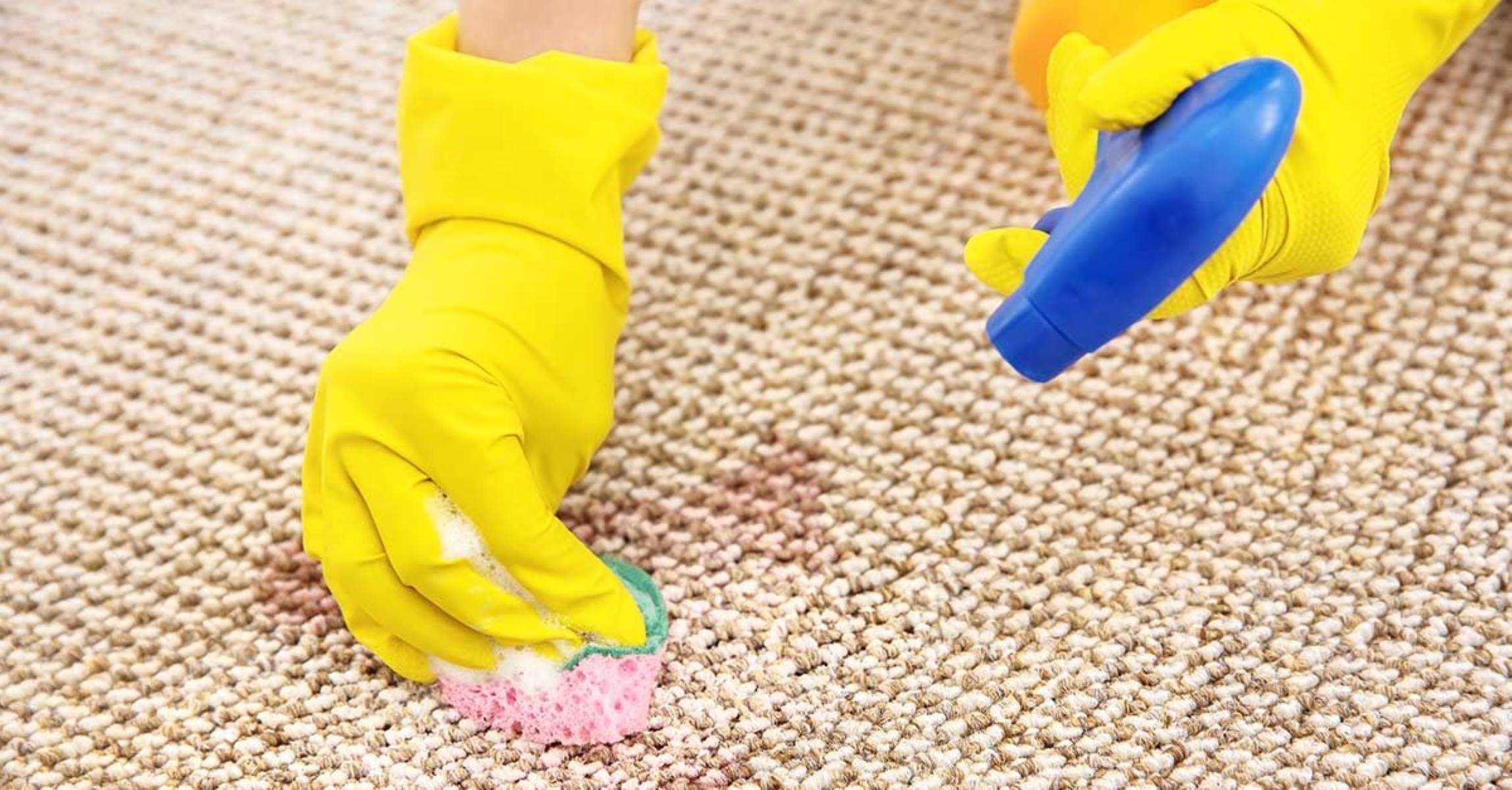

Articles
How To Get WD-40 Out Of A Carpet
Modified: August 30, 2024
Learn how to remove WD-40 from your carpet with these helpful articles. Find step-by-step instructions and tips for a clean and fresh carpet.
(Many of the links in this article redirect to a specific reviewed product. Your purchase of these products through affiliate links helps to generate commission for Storables.com, at no extra cost. Learn more)
Introduction
Accidents happen, and sometimes that means accidentally spilling a can of WD-40 on your beloved carpet. WD-40 is a versatile lubricant and cleaner, but it can leave behind a greasy residue that can be a nightmare to remove from carpet fibers. However, fear not! With the right techniques and a little patience, you can effectively get WD-40 out of your carpet and restore its pristine appearance.
In this article, we will explore several methods that have proven to be effective in removing WD-40 stains from carpets. From simple home remedies to professional cleaning techniques, we’ve got you covered. So, let’s dive right in and discover how you can restore your carpet to its former glory!
Key Takeaways:
- Act quickly to absorb and blot WD-40 spills on carpets to prevent stains from setting. Use household items like baking soda, vinegar, and dish soap for effective and safe removal.
- For stubborn WD-40 stains, consider professional carpet cleaning or steam cleaning. Always test cleaning solutions and methods on a small area first to prevent damage.
Read more: Why Spray WD40 Up Your Faucet
Method 1: Absorb and Blot
This method is most effective if you catch the WD-40 spill immediately. The key is to act quickly to prevent the stain from setting into the carpet fibers. Follow these steps to remove WD-40 using this method:
- Step 1: Start by blotting the spill with a clean, dry cloth or paper towel. Gently press the cloth onto the WD-40 to absorb as much of the lubricant as possible. Avoid rubbing the stain, as this can spread it further.
- Step 2: Once you have absorbed as much of the WD-40 as possible, sprinkle a generous amount of baking soda onto the affected area. Baking soda is excellent at absorbing grease and odors.
- Step 3: With a soft brush, gently work the baking soda into the carpet fibers. This helps to further lift the WD-40 from the carpet and aids in odor absorption.
- Step 4: Leave the baking soda on the carpet for at least 30 minutes, allowing it to absorb the WD-40 residue.
- Step 5: Vacuum the area thoroughly to remove the baking soda residue. Be sure to vacuum in different directions to ensure all of the baking soda is lifted from the carpet fibers.
- Step 6: If any residue or stain persists, repeat the process until the WD-40 is completely removed.
This method is effective for small spills and light stains. However, if the WD-40 has deeply penetrated the carpet, you may need to try alternative methods.
Method 2: Dish soap and Warm Water
If the WD-40 stain is more stubborn or if you’ve missed the opportunity to absorb and blot it immediately, this method can help break down the grease and remove the stain. Here’s how to use dish soap and warm water to tackle the WD-40 stain:
- Step 1: Prepare a solution of mild dish soap and warm water. Mix a few drops of dish soap with a cup of warm water in a clean bucket or bowl.
- Step 2: Using a clean cloth or sponge, dampen it with the dish soap and warm water solution.
- Step 3: Gently blot the WD-40 stain with the damp cloth, ensuring not to scrub or rub the carpet too forcefully to avoid spreading the stain.
- Step 4: Continue blotting the affected area until the stain starts to lift.
- Step 5: Rinse the cloth with clean water and blot the area to remove any soap residue.
- Step 6: Repeat the process if necessary until the stain is fully removed.
- Step 7: Once the stain is gone, blot the area with a dry cloth or towel to remove excess moisture.
It’s important to note that when using dish soap, be sure to choose a mild variety without any harsh chemicals or dyes. Additionally, always perform a spot test on an inconspicuous area of the carpet to ensure the dish soap does not cause any discoloration or damage.
This method is effective for moderate WD-40 stains and is suitable for most types of carpets. However, for tougher stains or delicate carpets, it’s best to proceed with caution and consider professional cleaning if necessary.
Method 3: Vinegar Solution
Vinegar is a household staple that can work wonders when it comes to stain removal, including WD-40 stains. Its acidic properties help break down grease and lift stains from carpet fibers. Here’s how to use a vinegar solution to remove WD-40 from your carpet:
- Step 1: Mix equal parts white vinegar and water in a spray bottle or a small bowl. For example, you can use one cup of vinegar and one cup of water.
- Step 2: Lightly spray or dab the vinegar solution onto the WD-40 stain. Ensure that you are applying enough solution to saturate the affected area but not so much that it soaks through the carpet padding.
- Step 3: Allow the vinegar solution to sit on the stain for about 10-15 minutes. This gives it time to break down the grease and lift the WD-40 from the carpet fibers.
- Step 4: Using a clean cloth or sponge, gently blot the stain, starting from the outside and working your way inward. Avoid rubbing or scrubbing vigorously, as this can damage the carpet fibers.
- Step 5: Rinse the cloth with clean water and continue blotting the area to remove any vinegar residue.
- Step 6: Once the stain is gone, pat the area with a dry cloth or towel to absorb any remaining moisture.
Vinegar has a strong scent, but don’t worry, it will dissipate as the carpet dries. If the smell persists, you can sprinkle baking soda on the treated area and let it sit overnight before vacuuming it up.
This method is effective for both old and fresh WD-40 stains. However, it’s always a good idea to spot test the vinegar solution on a small, inconspicuous area of the carpet to ensure it does not cause any discoloration or damage.
Blot the WD-40 stain with a clean cloth to absorb as much as possible. Then, apply a small amount of dish soap mixed with water to the stain and blot again. Repeat until the stain is gone, then rinse with water and blot dry.
Method 4: Carpet Stain Remover
If the WD-40 stain on your carpet seems to be stubborn and resistant to the previous methods, using a commercial carpet stain remover can be a viable option. These products are specifically designed to tackle tough stains and can be effective in removing WD-40. Here’s how to use a carpet stain remover:
- Step 1: Choose a carpet stain remover that is appropriate for grease or oil-based stains. Read the instructions on the product label carefully to ensure it is safe for your specific type of carpet.
- Step 2: Follow the manufacturer’s instructions and apply the stain remover to the WD-40 stain. Most carpet stain removers will instruct you to spray or dab the product onto the stain, while others may require you to pre-treat the area before applying the remover.
- Step 3: Gently blot the stain remover into the carpet using a clean cloth or sponge. Avoid rubbing or scrubbing vigorously, as this can damage the carpet fibers.
- Step 4: Let the stain remover sit on the stain for the recommended amount of time specified by the manufacturer. This allows the product to penetrate the stain and break it down.
- Step 5: Using a clean cloth or sponge, blot the area to remove the stain remover and lift the WD-40 residue from the carpet fibers.
- Step 6: Rinse the cloth with clean water and continue blotting the area to remove any remaining residue from the stain remover.
- Step 7: Once the stain is gone, pat the area with a dry cloth or towel to absorb any excess moisture.
It’s important to ensure proper ventilation when using carpet stain removers, as some products may emit strong fumes. Additionally, always perform a spot test on an inconspicuous area of the carpet before applying the stain remover to the WD-40 stain.
While carpet stain removers can be effective, they may contain harsh chemicals, so it’s best to use them as a last resort and follow the instructions carefully.
Read more: How To Get Pee Out Of The Carpet
Method 5: Baking Soda Paste
Baking soda is known for its ability to absorb odors and lift stains from various surfaces, including carpets. When it comes to removing WD-40 stains, a baking soda paste can work wonders. Here’s how to create and use a baking soda paste for effective stain removal:
- Step 1: Create a paste by mixing baking soda and water in a small bowl. Start with equal parts of baking soda and water and adjust as needed to achieve a thick, spreadable consistency.
- Step 2: Your paste is now ready to use. Apply it to the WD-40 stain, ensuring to cover the entire affected area with a thick layer of the baking soda paste.
- Step 3: Gently work the paste into the carpet fibers using a soft brush or your fingers. Be sure to focus on the stained area, applying circular motions to loosen and lift the WD-40 residue from the carpet.
- Step 4: Allow the baking soda paste to sit on the stain for at least 30 minutes. This gives it time to absorb the grease and effectively break down the WD-40 residue.
- Step 5: After the allotted time, vacuum the area thoroughly to remove the baking soda paste. Use a vacuum cleaner with a brush attachment to ensure that all the baking soda residue is removed from the carpet.
- Step 6: If any residue or stain persists, repeat the process until the WD-40 stain is completely removed.
Baking soda is a gentle and natural cleaning agent, making it an ideal solution for many carpet stains. However, it’s always a good idea to test the baking soda paste on a small, inconspicuous area of the carpet first to ensure it doesn’t cause any discoloration or damage.
This method is effective for fresh WD-40 stains and can also help eliminate any lingering odors.
Method 6: Steam Cleaning
If you’re dealing with a stubborn and set-in WD-40 stain that just won’t budge, steam cleaning can be a highly effective method to remove the stain and restore your carpet’s appearance. Steam cleaning uses hot water and steam to penetrate deep into the carpet fibers, loosening and lifting the stain. Here’s how to use steam cleaning for WD-40 stain removal:
- Step 1: Start by renting or purchasing a steam cleaner specifically designed for carpets. Read the manufacturer’s instructions carefully and ensure you have any necessary attachments or solutions.
- Step 2: Vacuum the carpet thoroughly to remove any loose dirt or debris. This ensures that the steam cleaner can focus on the WD-40 stain without any interference.
- Step 3: Prepare the steam cleaner according to the manufacturer’s instructions. Fill the water tank with hot water and any recommended cleaning solution.
- Step 4: Begin by treating a small, inconspicuous area of the carpet to ensure that the steam cleaner does not cause any discoloration or damage.
- Step 5: Using the steam cleaner, work your way over the WD-40 stain following the manufacturer’s instructions. Pay special attention to the stained area and go over it multiple times to ensure thorough cleaning.
- Step 6: Allow the carpet to dry completely before assessing the results. If the stain persists, you may need to repeat the steam cleaning process or consider calling a professional carpet cleaner.
Steam cleaning is a powerful and effective method for removing deep-set stains, but it requires some time and effort. It’s important to note that certain types of carpets, such as delicate or natural fiber carpets, may not be suitable for steam cleaning. In such cases, it’s best to consult with a professional carpet cleaner.
Always follow safety precautions when using a steam cleaner, such as wearing protective gloves and proper ventilation in the area.
Conclusion
Accidentally spilling WD-40 on your carpet can create an unsightly and stubborn stain. However, with the right techniques and a little perseverance, you can successfully remove WD-40 and restore your carpet to its former glory.
In this article, we explored several methods for WD-40 stain removal, each with its own advantages and effectiveness. From simple home remedies like absorb and blot, dish soap and warm water, and vinegar solution, to using commercial carpet stain removers, baking soda paste, and steam cleaning, there’s a method for every situation.
When dealing with WD-40 stains, it’s crucial to act quickly and treat the stain as soon as possible. By promptly absorbing and blotting the spill, you can prevent the stain from setting and make the removal process easier.
It’s important to remember that every carpet is different, so be sure to test any cleaning solution or method on a small, inconspicuous area before treating the entire stain. Additionally, exercise caution when using cleaning solutions to prevent damage or discoloration.
If you find that the WD-40 stain is too stubborn or extensive to remove on your own, don’t hesitate to call a professional carpet cleaner. They have the expertise and specialized equipment to tackle even the toughest stains and ensure your carpet is left looking pristine.
In conclusion, by following these methods and tips, you can effectively and safely remove WD-40 stains from your carpet. Remember to act quickly, choose the appropriate method for your carpet type, and exercise patience throughout the process. With a little effort, your carpet will be free from WD-40 stains and ready to showcase its natural beauty once again.
Now that you've tackled WD-40 stains, why not spruce up other areas around your home? If your refrigerator could use a little TLC, our cleaning tips will show you how to make it sparkle from the inside out. In need of a refreshed living space? Our review on the carpet cleaning methods for 2024 can help you find the perfect solution for your floors. Dealing with stubborn marks elsewhere? Learn effective stain removal techniques to get your toilet seat looking brand-new again. Keep your home in top shape with these easy-to-follow guides!
Frequently Asked Questions about How To Get WD-40 Out Of A Carpet
Was this page helpful?
At Storables.com, we guarantee accurate and reliable information. Our content, validated by Expert Board Contributors, is crafted following stringent Editorial Policies. We're committed to providing you with well-researched, expert-backed insights for all your informational needs.
